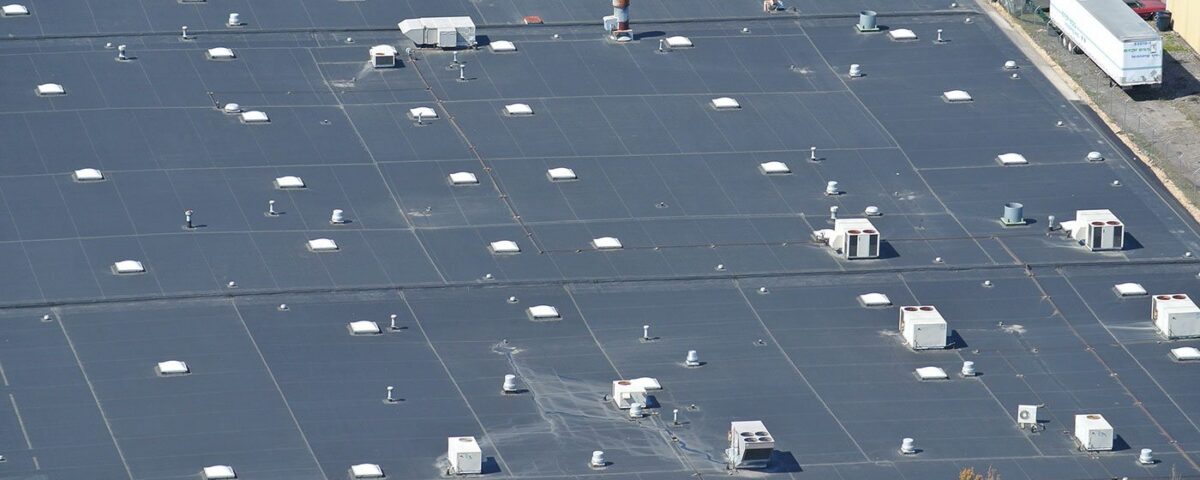Many scholarly studies now prove that light-colored, reflective surfaces are most appropriate in
warm southern climates for energy savings, while dark, heat-absorbing covers are best in the
north. In a report, Guidelines for Selecting Cool Roofs, July 2010, the U.S. Department of Energy
makes the following observations:
- The climate has the most significant impact on potential energy savings. Cool roofs achieve the most considerable cooling savings in hot climates (Climate Zones 1-3) but can increase energy costs in colder climates due to reduced heat gains during winter months.
- When cool roofs are optional yet encouraged, the decision should carefully considered as cool roofs do not perform equally well everywhere.
- The energy cost savings you can realize from a “cool” (white) depends on many factors, including where you live.
- Although annual cleaning can restore up to 90% of the initial reflectance, the energy cost savings alone does not warrant the cost.
- As a cool roof becomes dirty from pollution, foot traffic, wind-deposited debris, ponded water, and mold or algae growth, its reflectance will decrease, leading to higher temperatures.
- In colder climates, like Chicago or Alaska (Climate Zones 5-8 in Figure 8), there is less heat available in the summer months to dry out the roof and more opportunities for condensation to occur.
BLACK EPDM:
EPDM (ethylene propylene diene polymer) single-ply roofing membrane is the only roofing material that offers solutions for all climates without needing additional coatings or modifications.
In 2008, Certified Energy Manager Randy Koller, P.E., conducted an energy analysis for the West Virginia School Building Authority using the Department of Energy (DOE) Cool Roof Calculator. He found that black roofs installed on the state’s public schools showed favorable results for potential energy costs and carbon emissions when compared to white roofs. Koeller’s analyses compared assemblies using dark-colored and white reflective membranes with R-values ranging from R-15 to R-32. The study concluded that energy cost and carbon emission for black roofs are the most economical and environmentally friendly option.

